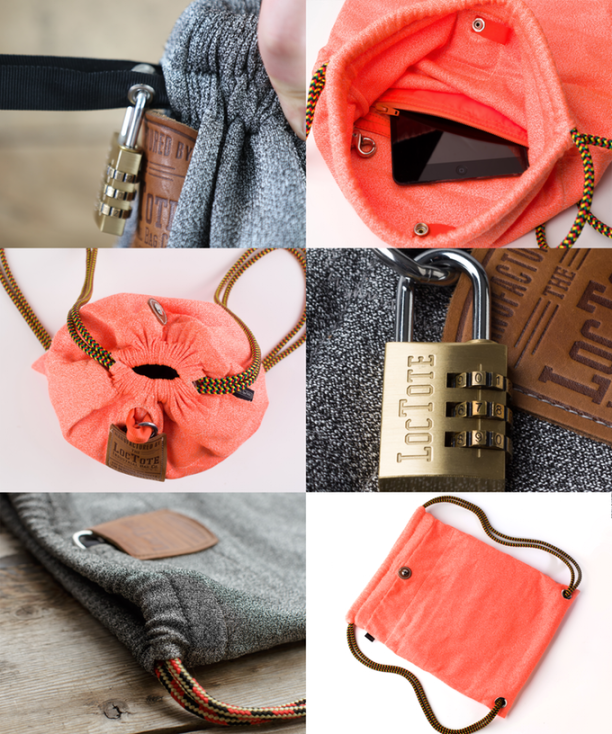
Flak sack might look like any tote bag, but it’s not. The bag is quite interesting because of the following features;
1) Secure Locking System
2) Extreme Cut & Slash Resistant
3) Industrial Strength and Incredibly Soft
4) RFID Blocking Technology
5) Water Resistant
Some of these terms made sense to me as soon as I read them, but others didn’t so I had to read more.
Extreme Cut & Slash Resistant
It means the bags are resistant to being cut by knife blades because they’re made of a double-layer of the most advanced cut resistant fabric in the world. According to their Indiegogo page, they’re “Woven from a proprietary blend of high molecular weight polyethylene (HMWPE) and other state-of-the-art fibers, the fabric was originally developed for use in high performance body armor and personal protection under-garments for law enforcement, corrections, and security workers.[The] bags are 5 times more cut resistant than Kevlar®, a material known for its use in bulletproof vests.”
RFID Blocking Technology
An internal pocket is made with RFID blocking material, saving the user from “electronic pick-pocketing” where a person can steal your identity and personal data from passports/credit cards/identity cards without any contact.
Of course with such features, the tote bag is also expensive (179 USD). Also, one common advice we’re told when we’re in impoverished countries where theft is popular is to have something to give a thief so they won’t harm you. In the case of this bag, deranged thieves might become so frustrated when they are unable to cut the bag they might try to hurt you instead, so maybe the bag should come with an undervest made from the same Cut and Slash Resistant material? Just an idea.
To contribute to their Indiegogo, follow their link; https://www.indiegogo.com/projects/flak-sack-the-theft-resistant-drawstring-backpack#/
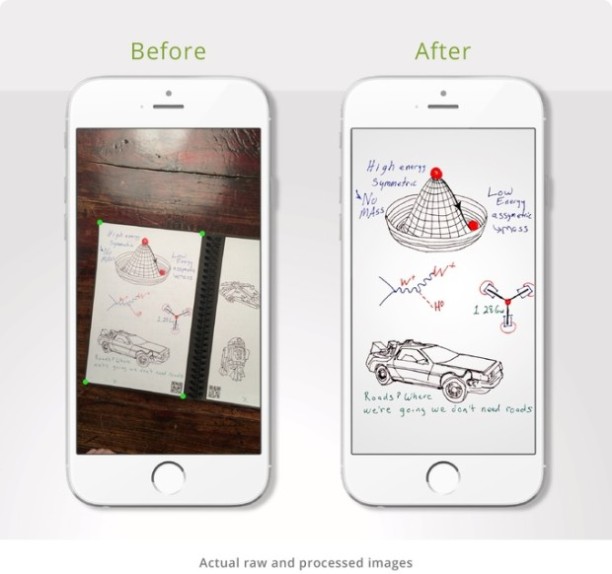


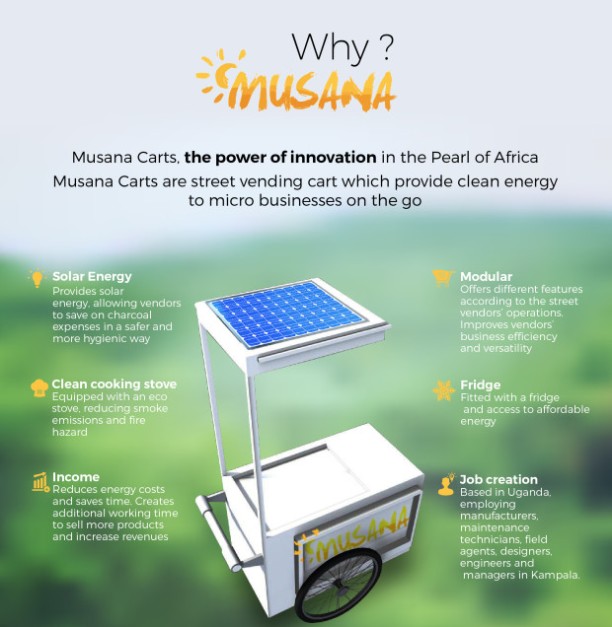
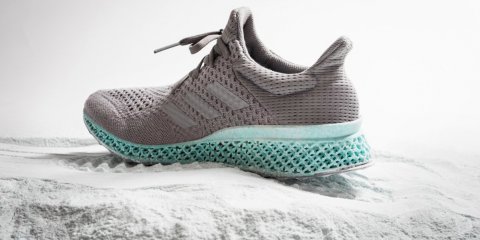


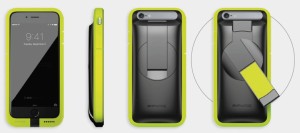
Recent Comments